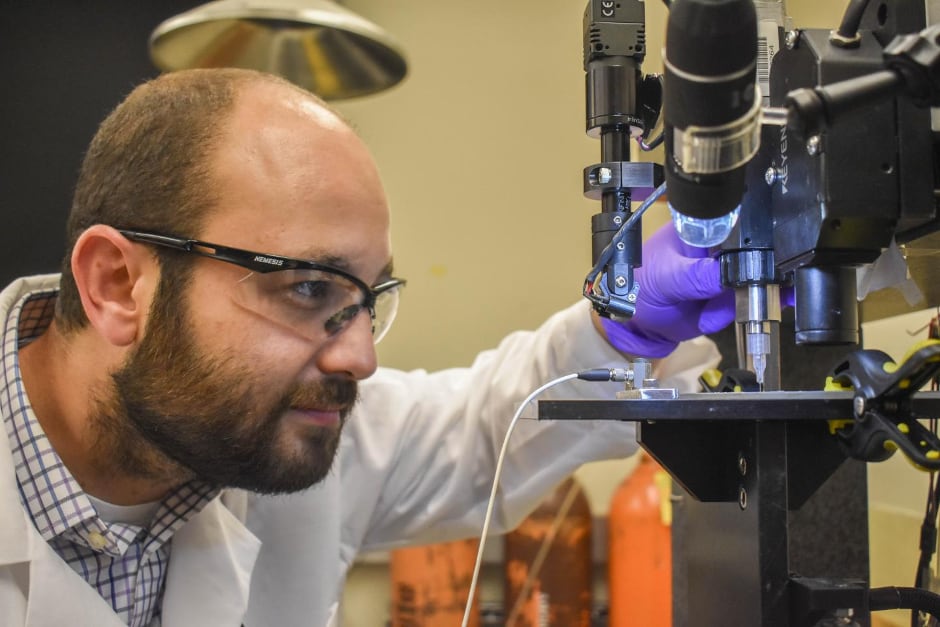Researchers have used direct-ink-writing to create a 3D‑printed glucose biosensor for use in wearable monitors, an advance in manufacturing that overcomes current issues around waste and cleanroom processing.

The work by Washington State University researchers could lead to improved glucose monitors for millions of people living with diabetes.
Led by Arda Gozen and Yuehe Lin, faculty in the School of Mechanical and Materials Engineering, the research has been published in the journal Analytica Chimica Acta.
Diabetics commonly monitor their condition with glucose meters that require constant finger pricking. Continuous glucose monitoring systems are an alternative but are not cost effective.
According to WSU, researchers have been working on wearable, flexible electronics that conform to patients’ skin and monitor glucose in bodily fluids. To build such sensors, manufacturers have used photolithography or screen printing. Whilst effective, these methods create a lot of waste and require the use of harmful chemicals and expensive cleanroom processing.
Using 3D printing, the WSU research team developed a glucose monitor claimed to be more stable and sensitive compared to those manufactured through traditional methods.
The researchers used direct-ink-writing (DIW), that involves printing polymer nanocomposite inks out of nozzles to create intricate and precise designs. The researchers printed out a nanoscale material that is electrically conductive to create flexible electrodes. The WSU team’s technique reportedly allows a precise application of the material, resulting in a uniform surface and fewer defects, which increases the sensor’s sensitivity. The researchers found that their 3D‑printed sensors did better at picking up glucose signals than the traditionally produced electrodes.
The use of 3D printing could lead to more personalised treatment based on a person’s biology. Similarly, 3D printing only uses the amount of material needed, so there is also less waste in the process than traditional manufacturing methods, which can bring down costs.
For large‑scale use, the printed biosensors will need to be integrated with electronic components on a wearable platform. But, manufacturers could use the same 3D printer nozzles used for printing the sensors to print electronics and other components of a wearable medical device, helping to consolidate manufacturing processes and reduce costs even more, said Gozen.
“Our 3D printed glucose sensor will be used as a wearable sensor for replacing painful finger pricking. Since this is a non-invasive, needleless technique for glucose monitoring, it will be easier for children’s glucose monitoring,” said Lin.
The team is now working to integrate the sensors into a packaged system that can be used as a wearable device for long‑term glucose monitoring.




Project to investigate hybrid approach to titanium manufacturing
What is this a hybrid of? Superplastic forming tends to be performed slowly as otherwise the behaviour is the hot creep that typifies hot...